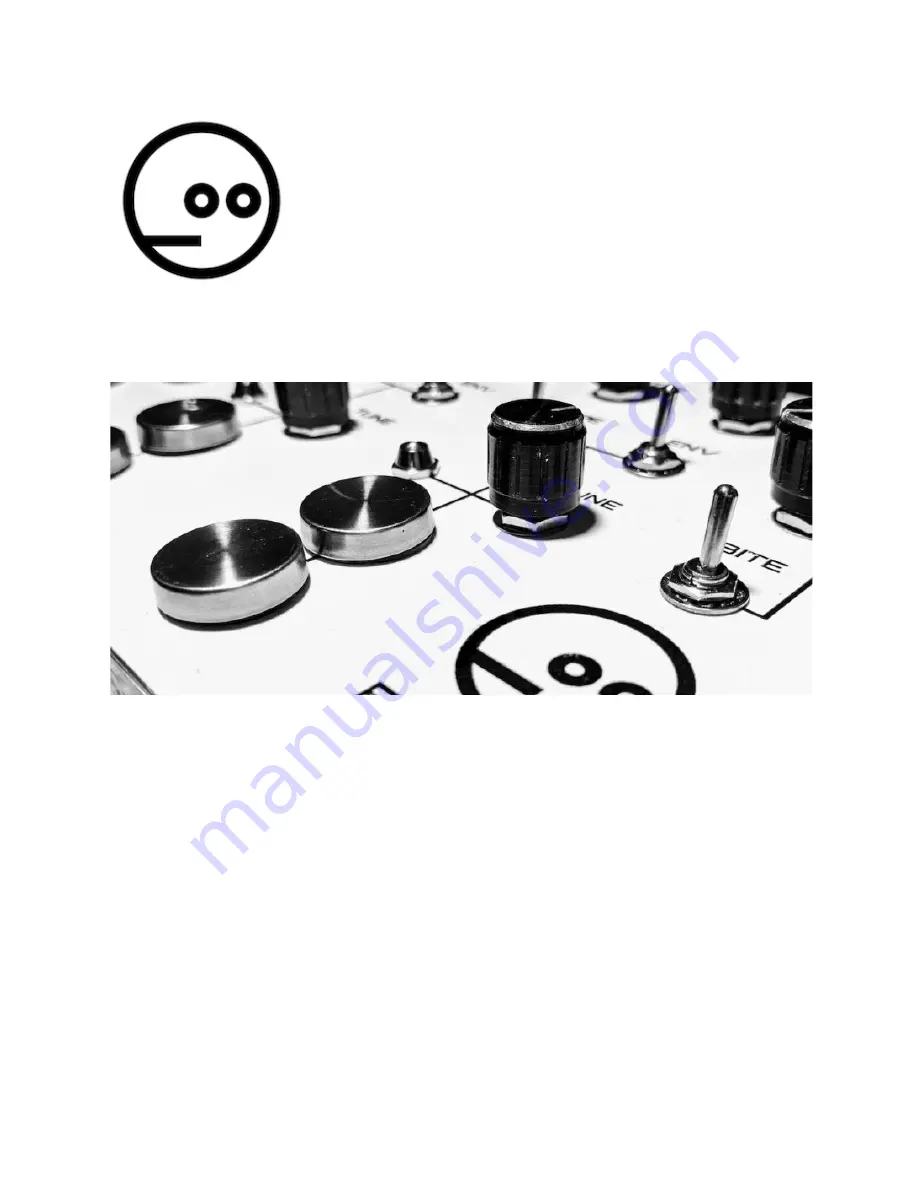
ELMYRA v1.1
by neutral labs
Build Guide
Congratulations on your decision to build the mighty Elmyra. Your life
will change forever due to this experience. If nothing else, you’ll be
in possession of this wonderful machine that you likely did not
possess before. Unless, of course, this is not your first build, in
which case I need to tell you that you are a great person.
First of all, let’s take stock of all the components that go on the
PCB (and 2 that go on the panel).
D are diodes, R are resistors, C are capacitors, U is the integrated
circuit and its DIP8 socket.


























